Customer Support
We're here to help! Email us anytime at support@wildlifethreads.com
Customer Support
We're here to help! Email us anytime at support@wildlifethreads.com
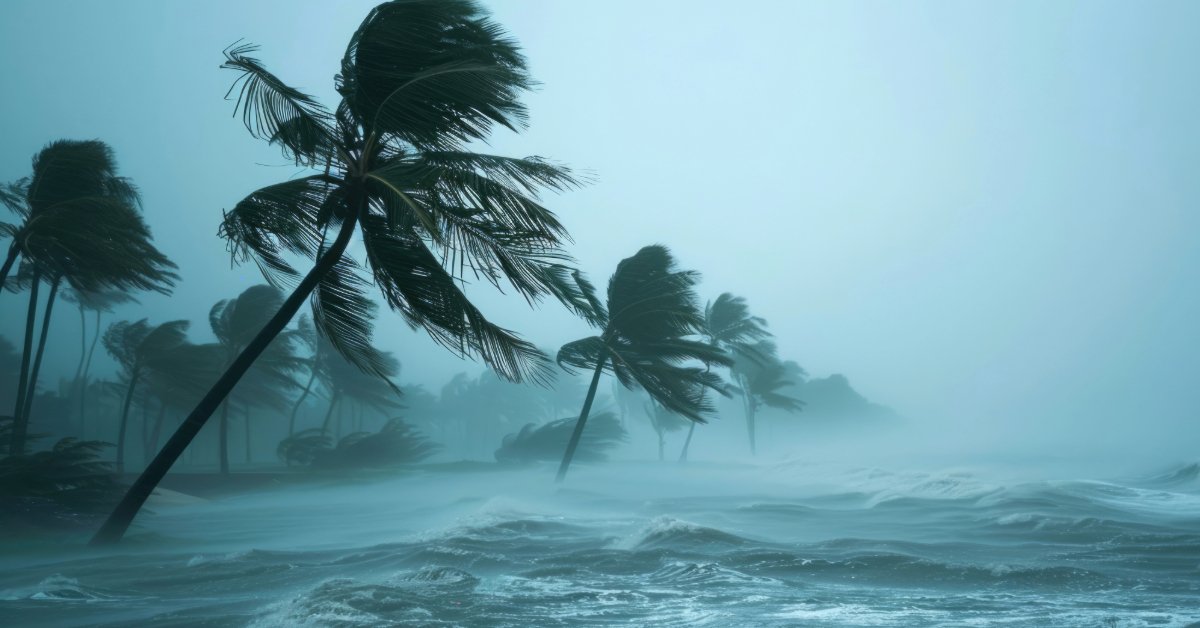
When hurricanes barrel toward coastlines, the focus is often on human evacuation plans, property damage, and power outages. Yet, amid the chaos, there is another group of inhabitants fighting for survival — the wildlife that calls these coastal habitats home. From birds to marine mammals, many species face life-threatening challenges as violent winds, storm surges, and torrential rains disrupt their natural environments. But these creatures are not without defenses. Over millennia, coastal wildlife has developed remarkable adaptations to weather the fiercest storms.
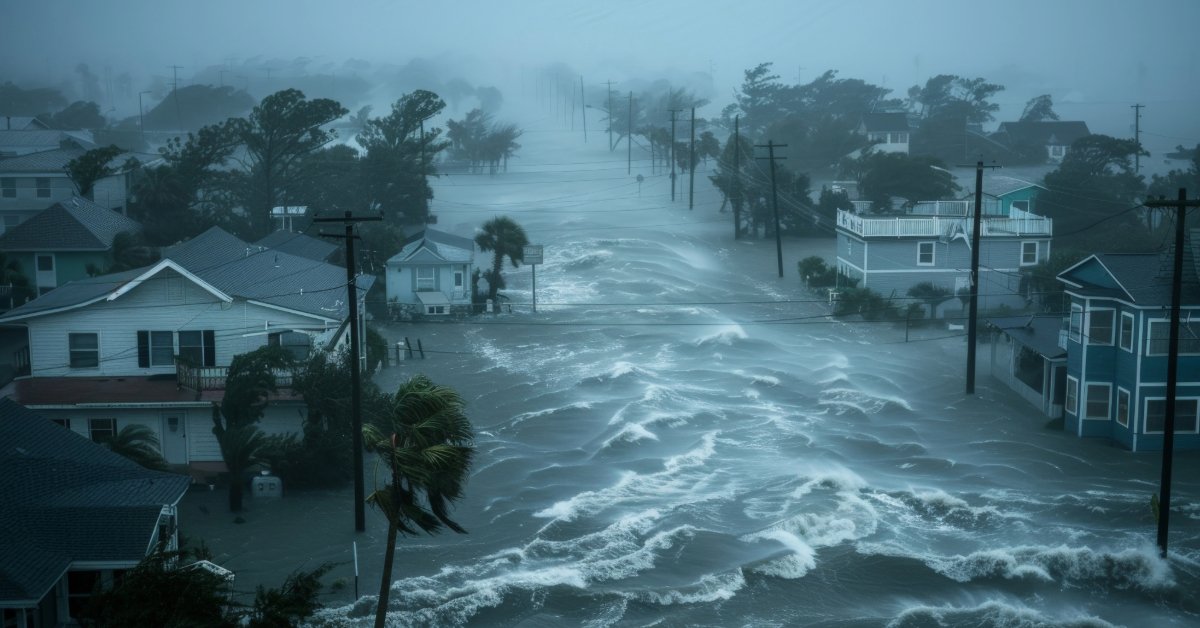
One of the most immediate threats to coastal wildlife during hurricanes is the storm surge — an abnormal rise in sea levels caused by strong winds and low atmospheric pressure. Storm surges can flood wetlands, estuaries, and low-lying habitats, displacing countless species.
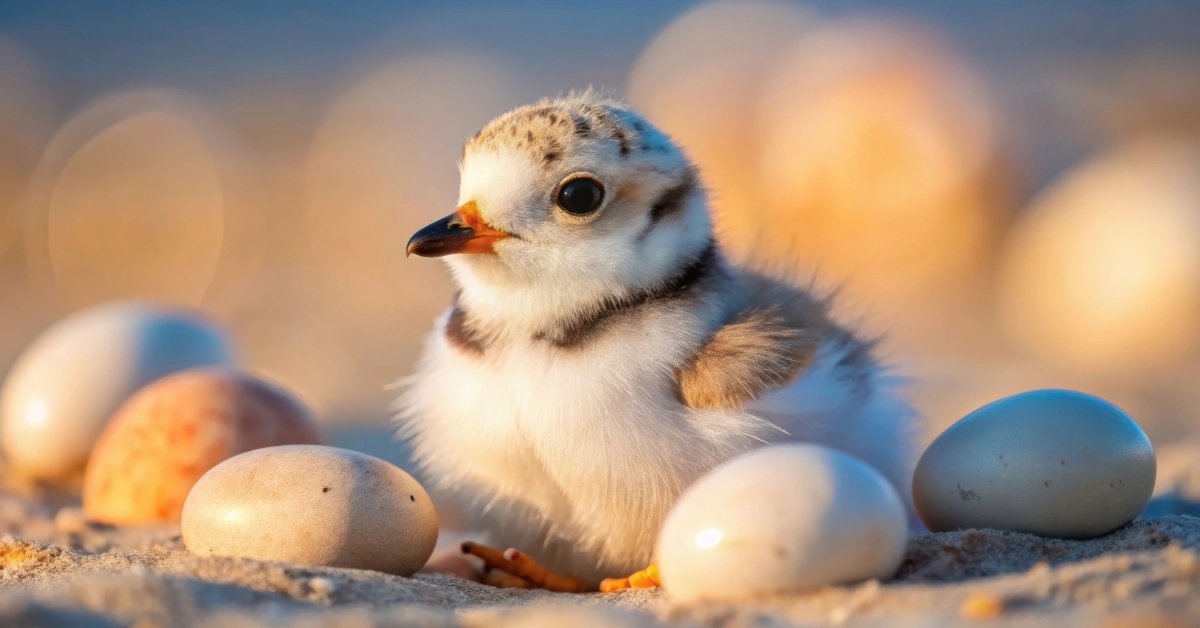
Birds such as shorebirds and seabirds are particularly vulnerable. Coastal nesting areas, often located in flat, open spaces, can be entirely submerged during a storm. For example, piping plovers and terns, which lay their eggs in shallow scrapes on sandy beaches, often face catastrophic loss of their breeding grounds. After hurricanes, conservationists frequently find nests washed away or buried under sand, drastically reducing these species’ reproduction success.
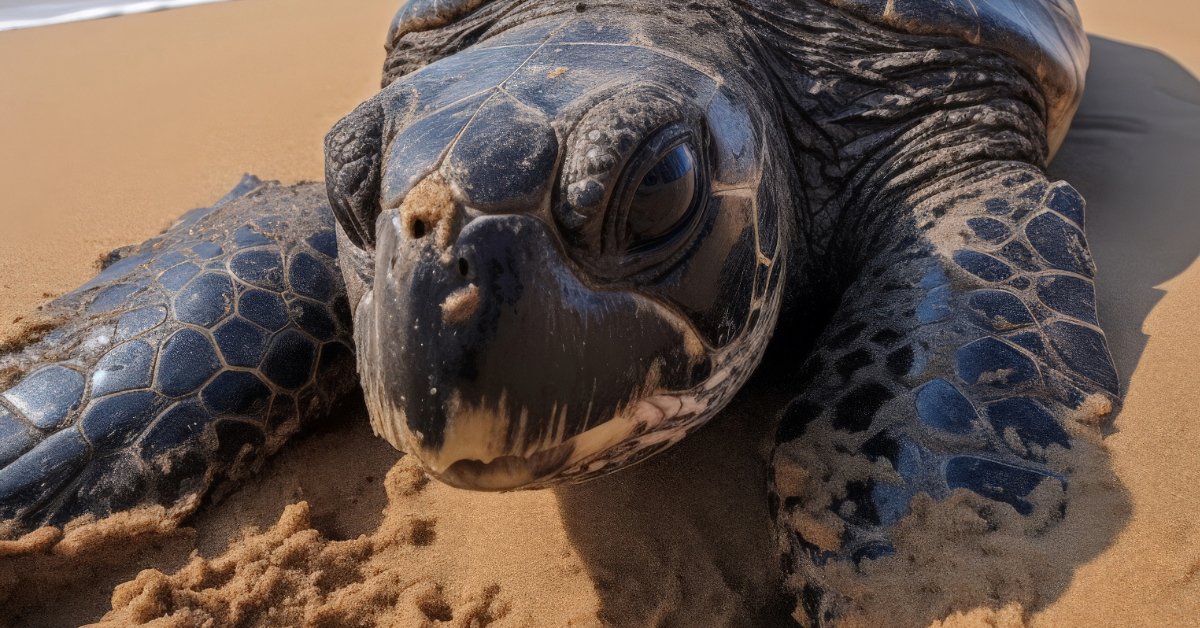
Marine species like sea turtles are similarly impacted. Hurricanes strike during their nesting season, and storm surges can easily inundate beaches where eggs are laid, drowning the nests. Adult turtles, particularly those in shallow coastal waters, are also vulnerable to being swept ashore or injured by debris churned up in the ocean.
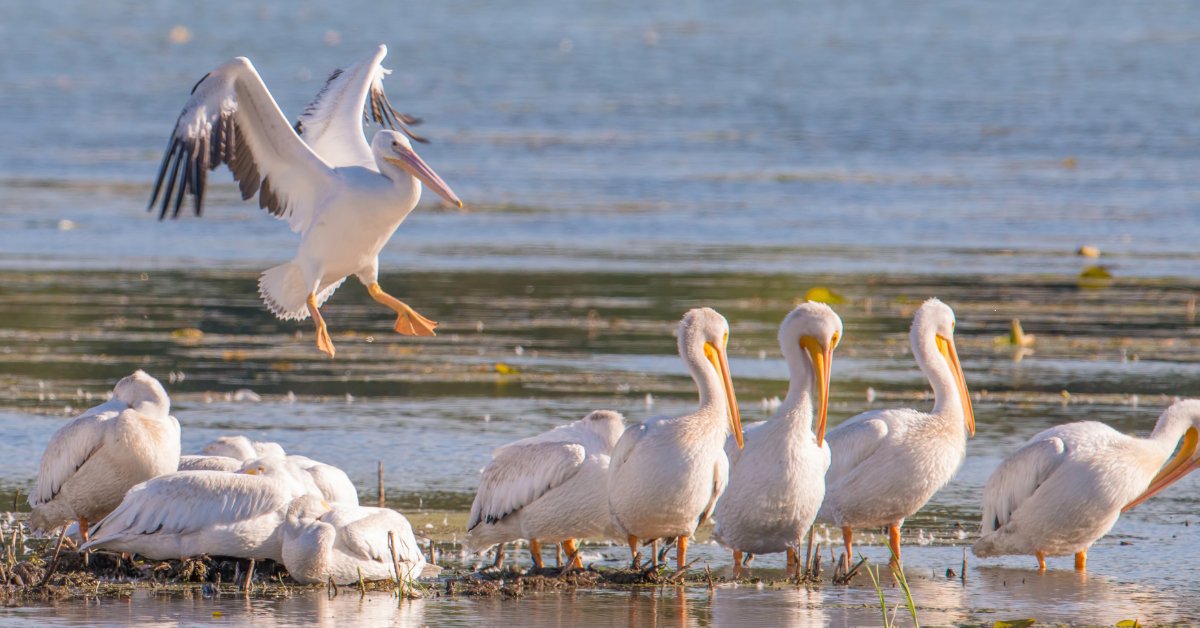
Wildlife living in hurricane-prone regions has evolved a variety of survival strategies. Birds, for instance, are known to detect changes in barometric pressure long before a hurricane hits, giving them time to seek shelter. Some species, like pelicans and frigatebirds, will fly inland or hunker down in the lee of cliffs, dense mangroves, or human structures.
Mangroves, the resilient guardians of coastal ecosystems, offer a crucial refuge for many animals. Their dense root systems help stabilize the coastline, reducing erosion and providing a sanctuary for species such as juvenile fish, crustaceans, and reptiles. These natural fortresses can withstand the battering of hurricane-force winds and waves, serving as an essential lifeline for both marine and terrestrial wildlife.
Marine mammals, such as dolphins, exhibit a remarkable ability to avoid the worst effects of hurricanes. Some studies suggest that dolphins can detect changes in the environment, such as variations in water temperature and pressure, and swim to deeper, calmer waters before the storm arrives. Similarly, sharks have been observed migrating away from the shore to avoid the tumultuous waves stirred up by hurricanes.
The immediate aftermath of a hurricane can leave entire ecosystems unrecognizable. Floodwaters recede, but they often leave behind damaged vegetation, altered landscapes, and displaced animals. Yet, nature has an incredible ability to recover, albeit slowly.
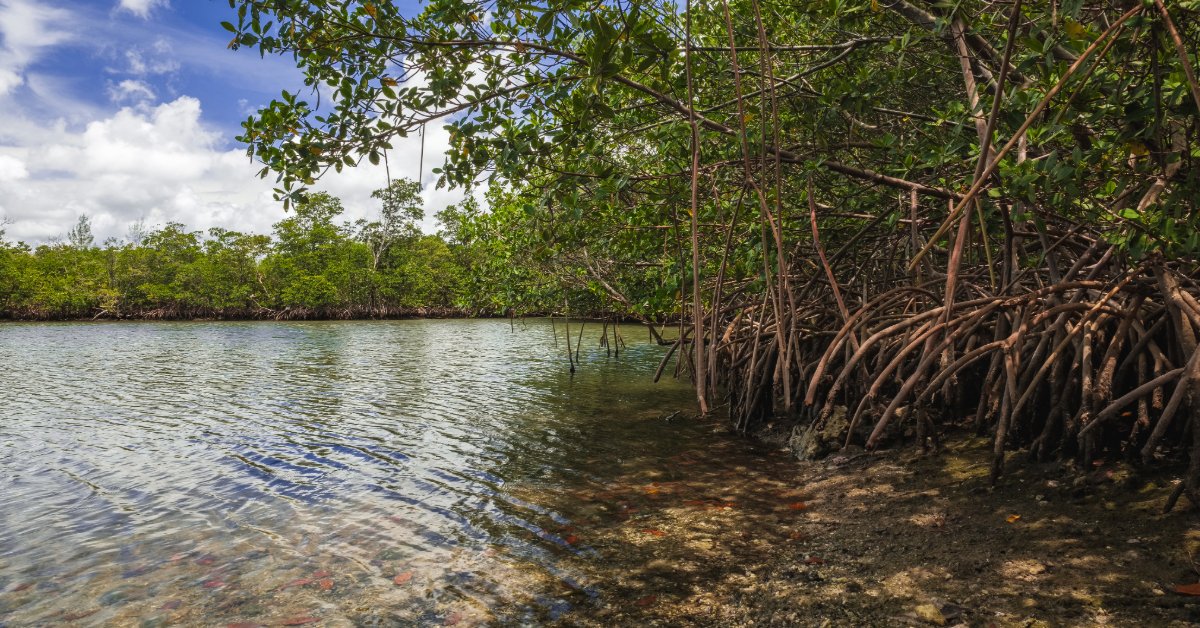
Mangroves, though damaged, regenerate with new growth, providing a foundation for the entire ecosystem to rebuild. Coral reefs, another critical coastal habitat, can also begin to heal after a storm, though their recovery depends on the intensity of the hurricane and the frequency of storm events. In recent years, scientists have observed that coral reefs impacted by hurricanes sometimes experience reduced bleaching in the aftermath, as cooler waters churned up by the storm can provide temporary relief from warming sea temperatures.
Meanwhile, birds that lose their nesting sites may attempt a second breeding cycle, provided they find suitable new habitats. Conservation efforts, such as the rebuilding of nesting areas and protection of key breeding grounds, play a crucial role in supporting their recovery. In the case of sea turtles, volunteers often step in to monitor nesting beaches post-storm, relocating nests to safer areas if necessary.
Hurricanes are a natural part of life along the world’s coastlines, and many species are equipped to endure them. However, the increasing frequency and intensity of storms — fueled by climate change — pose new challenges. With rising sea levels and warmer ocean temperatures, the impacts on wildlife are becoming more severe.
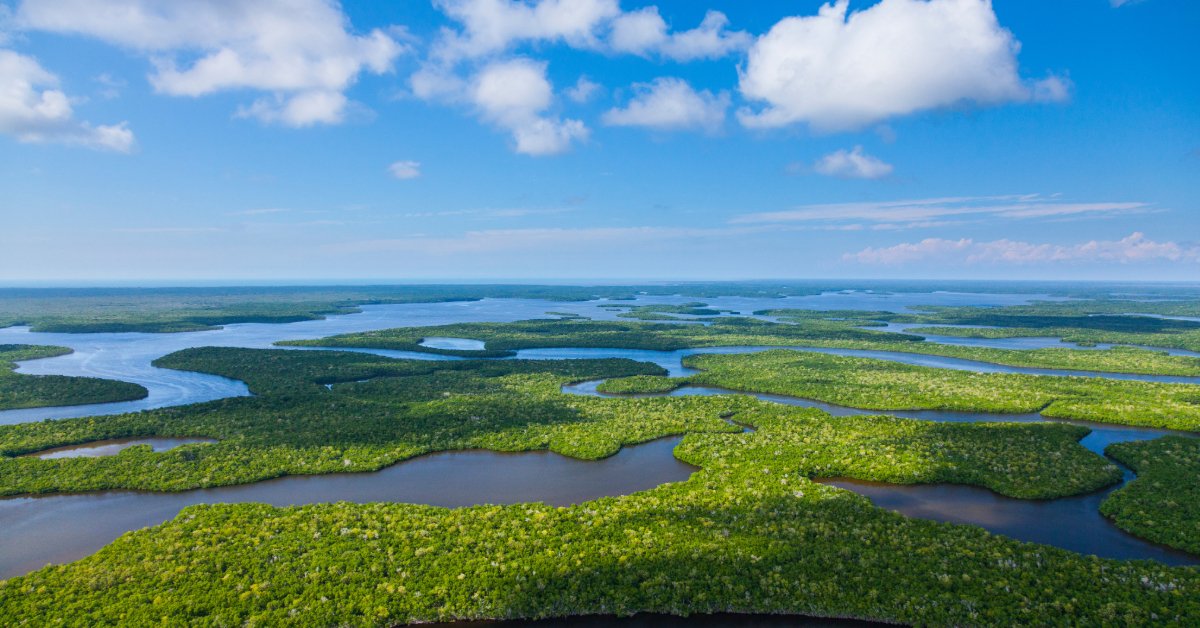
Conservationists are working hard to mitigate these effects. Efforts include restoring mangrove forests and wetlands, which act as natural buffers against storms, and creating artificial nesting sites for birds and sea turtles. Additionally, some conservation programs are using advanced technology, such as drones and satellite imagery, to track wildlife movements before, during, and after hurricanes. This data is invaluable in understanding how species adapt and survive extreme weather events.
Zoos and aquariums also play a critical role in protecting vulnerable species during hurricanes. Many facilities have developed hurricane contingency plans, which include moving animals to secure areas or even evacuating them to safer locations. After the storm passes, these organizations often collaborate with wildlife rescue teams to rehabilitate injured or displaced animals.
The impact of hurricanes on wildlife is a stark reminder of nature’s fragility in the face of increasingly extreme weather events. Yet, amid the destruction, there is hope. Coastal ecosystems and their inhabitants have evolved strategies to survive these storms, and with continued conservation efforts, we can help ensure their resilience for generations to come.
From the remarkable adaptations of animals sensing storms to the restoration of habitats ravaged by hurricanes, the story of wildlife in the eye of the storm is one of survival against the odds. As we face a future with more frequent and intense storms, the balance between nature’s resilience and the urgent need for human intervention has never been more critical.
Discover art that speaks to you. Click on a category below to explore our curated collections on our Etsy store.